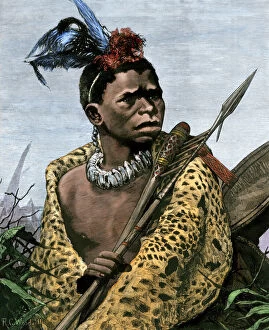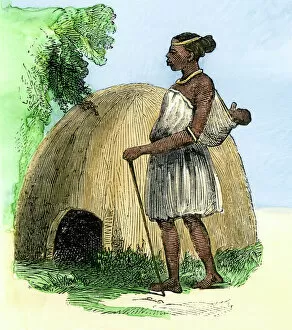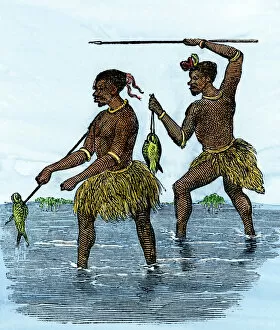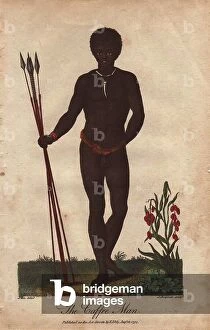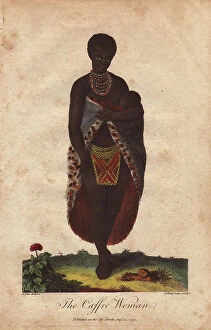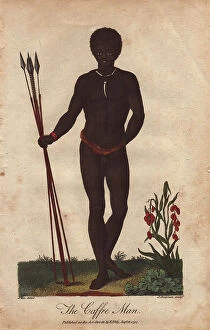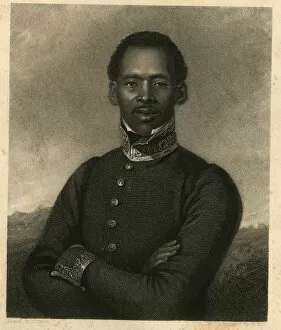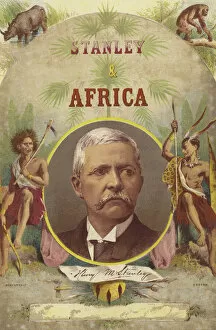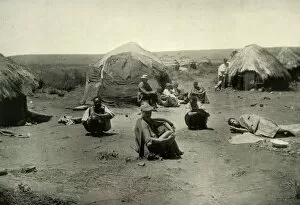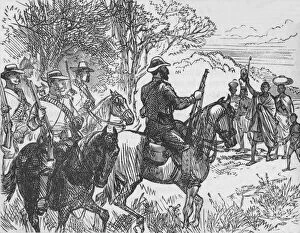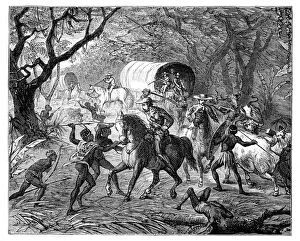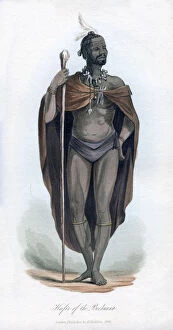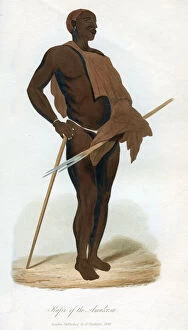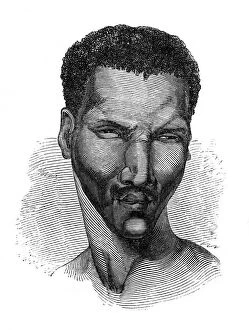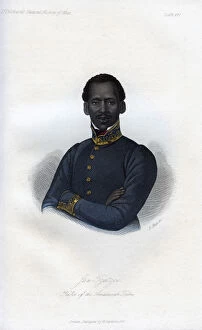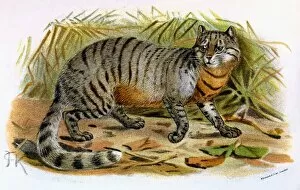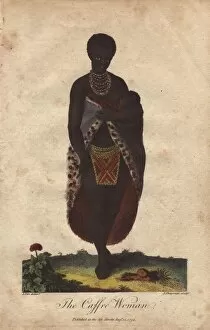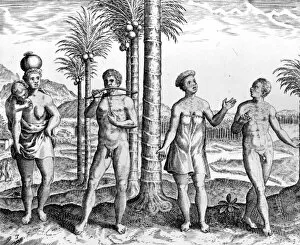Caffre Collection
"Caffre: Exploring the Rich Heritage and Cultural Significance of South Africa" GAFR2A-00049, GAFR2A-00051
For sale as Licensed Images
Choose your image, Select your licence and Download the media
"Caffre: Exploring the Rich Heritage and Cultural Significance of South Africa" GAFR2A-00049, GAFR2A-00051, and GAFR2A-00050 are just a few glimpses into the captivating world of the Caffre people. Native to South Africa, this community holds a profound history that is beautifully depicted in various artworks. One such portrayal showcases a South African Cape of Good Hope Caffre Chief, exuding strength and wisdom through his regal presence. This frontispiece for Stanley and Africa (colour litho) captures the essence of leadership within their culture. The image titled "A Kaffir Kraal in the Transvaal" offers us a glimpse into their traditional way of life. Created by George Washington Wilson in 1900, it showcases their communal living spaces and provides insight into their daily routines. In another intriguing depiction titled "Volunteers Meeting A Loyal Kaffir and his Family, " we witness an interaction between different communities during c1880. It highlights the harmonious coexistence between cultures at that time. However, not all historical moments were peaceful. The image portraying "The Caffre War: Natives attacking a convoy" reminds us of conflicts faced by these resilient people during the 19th century. Their determination to defend what they held dear is evident even today. Furthermore, artwork like "Boers and Kaffirs" by Pranishnikoff sheds light on interactions between Boers settlers and Caffres in Cape Colony during this era. These encounters shaped both communities' histories significantly. It's important to note that while some images depict Mongolian Races from the 19th century or individuals like "Kafir of Bechuana" from 1848 who may not be directly related to Caffres, they serve as reminders that cultural diversity has always been present throughout history.

